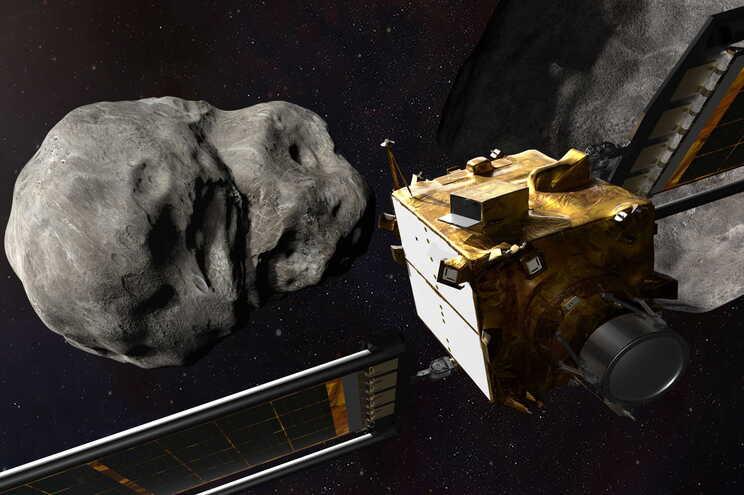The hypotheses are remote, at least in the near future, but there are missions already underway so we can prepare for this possibility. Small meteorites crash into the planet daily.
The larger it is, the less likely this is to happen
History knowledge is mandatory. 66 million years ago, an asteroid 16 km long hit the Gulf of Mexico, forming the Chicxulub crater and causing massive changes in the climate on Earth that led to the disappearance of more than 70% of life on Earth. Universe. Dinosaurs included.
It was not a unique case. It is enough to see that on the surface of the Earth there are, until today, about 160 meteorite craters with a diameter of more than one kilometer. Does this mean we have cause for concern? Let’s do it in steps.
First, it is important to note that the larger the rocky body we are talking about, the less likely it is to hit the Earth’s surface. Conversely, the smaller the probability, the higher the probability. In fact, in some places in the world there are small meteors that fall on a daily basis, often going unnoticed. Larger asteroids tend to collide with our planet at much wider intervals, which can range from several thousand to millions of years.
Near Earth Objects
These are called near-Earth objects. It is estimated that 90% of them are known, especially those over 140 meters in height. Thanks to advances in planetary sciences, it is now possible to monitor them and calculate the degree of risk of a future collision with the Earth. NASA even has a center responsible for the constant monitoring of these bodies. The good news is that the probability that an object larger than 140 meters will hit Earth in this century or the next is only 0.16%. But it is always possible to collide with an object of smaller dimensions. Or even by someone not yet known.
Osiris Rex and Dart
This is why it is important to be prepared for all eventualities. That is why there are many space missions in progress (or planned), with the aim of studying these bodies in detail and testing technologies that would allow them to be diverted, if the need arises.
This is the case of NASA’s Osiris-REx mission, which was launched in 2016 and targeted the asteroid Bennu, which is about 500 meters in size with a probability of 0.037% to hit Earth, between 2175 and 2199. The idea is the robotic arm of Osiris-Rex to collect a sample ( It is expected to reach Earth in 2023) for further analysis.
Also note DART (Double Asteroid Redirection Test), a joint initiative of NASA and Johns Hopkins University, whose main mission is to test an unprecedented planetary defense technology to deflect asteroids that could threaten our planet in the future. One of these tests was conducted late last month when NASA deliberately collided with the asteroid Demorphos, with the sole aim of assessing its ability to alter its course. As a warning, the US agency stressed the importance of conducting experiments to save humanity of this type “before there is a real need to do so.” Oh, and the mission was successful.
text: I’m Talha

“Coffee trailblazer. Social media ninja. Unapologetic web guru. Friendly music fan. Alcohol fanatic.”

